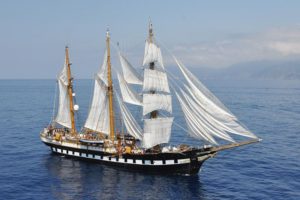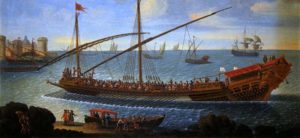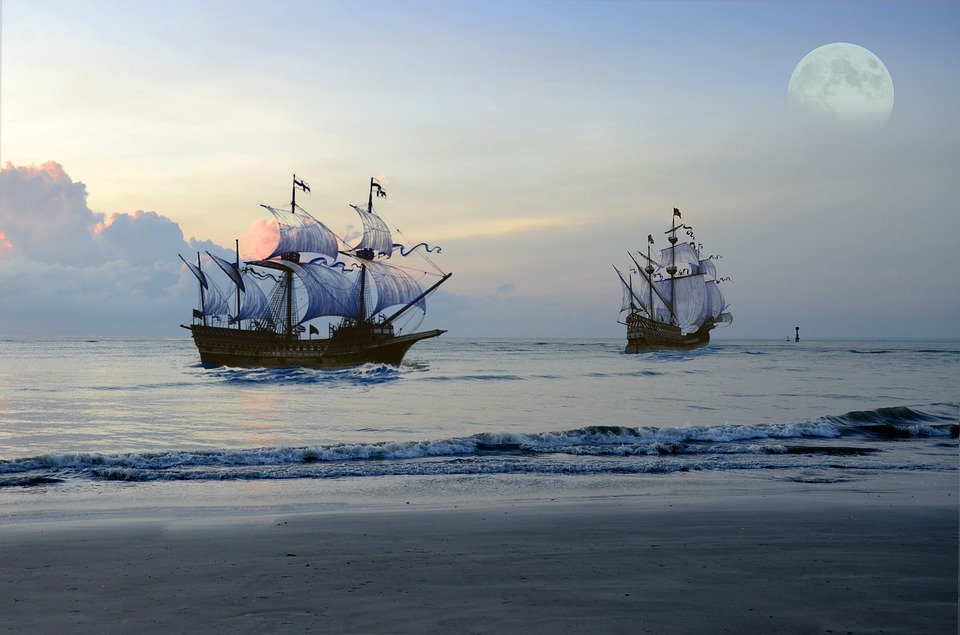“Sailing the seven seas” is a common moniker for many sailors and adventurers for navigating the waters that encompass the Earth. What the seven seas exactly are, however, has differing historical implications and origins. Commonly, the “seven seas” has referred to the seven largest bodies of water: the Pacific Ocean, the Atlantic Ocean, the Indian Ocean, the Arctic Ocean, the Mediterranean Sea, the Caribbean Sea, and the Gulf of Mexico.

In more precise terms, however, the seven seas refers to the seven oceanic bodies of water: the Arctic Ocean, the North Atlantic Ocean, the South Atlantic Ocean, the Indian Ocean, the North Pacific Ocean, the South Pacific Ocean, and the Southern (Antarctic) Ocean. Historically, it seems that “the seven seas” was simply a colloquial term to refer to the waters surrounding ancient civilizations. “Seven” may have had specific cultural, spiritual, or astrological meaning to the sailors in these civilizations and therefore became part of building a maritime culture in the ancient world.

The sea forms an integral part of life in many modern and ancient civilizations alike. Seas like the Mediterranean Sea, the Aegean Sea, the Red Sea, the Persian Gulf, and many others were and still remain today important parts of peoples’ livelihood all around the world.


Recent Comments